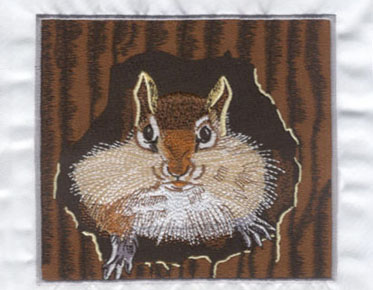How to Convert Artwork into Embroidery Patterns Using Digitizing Software
The process of involves taking an artwork or a logo and
transforming it into a digital file that can be read by an embroidery machine
to stitch the design onto a piece of fabric. This technology has greatly
improved the efficiency and speed of the embroidery industry. In this article,
we will explore the steps and methods of converting artwork into embroidery
patterns using digitizing software.
tep 1: Preparing the Artwork
The first step in converting artwork into
an embroidery pattern is to prepare the artwork. This means cleaning up the
design, removing any unwanted elements, and making sure that the image is
high-resolution. If the image is not high-resolution, it may appear pixelated
when it is embroidered, which will affect the final outcome of the project.
Step 2: Scanning or Importing the Artwork
Once the artwork is prepared, it needs to be scanned or imported into the digitizing software. This can usually be done by using a scanner or by importing the image file into the software.
Step 3: Trace the Image
The next step is to trace the image. This
is the process of creating vector paths around the design, so the software can
understand the boundaries of the design. The software will then convert the
traced image into a digital file that can be used to guide the embroidery
machine in stitching the design.
Step 4: Adjusting the Stitch Types and Density
Once the image is traced, the next step is
to adjust the stitch types and density. This means selecting the type of
stitches that will be used for the design, such as satin stitches or fill
stitches, and adjusting the density of the stitches to ensure that the final
outcome looks clean and professional.
Step 5: Testing and Previewing the Design
Before the design is ready to be
embroidered, it's important to test and preview the design to make sure that it
looks the way you want it to. This will allow you to make any necessary
adjustments before the design is embroidered onto the fabric.
Step 6: Saving and Exporting the Design
Once the design is complete, the final step
is to save and export the design. This will create a digital file that can be
loaded into an embroidery machine, which will then use the file to guide the
machine in stitching the design onto the fabric.
In conclusion, converting artwork into
embroidery patterns using digitizing software is a simple and efficient
process. By following these steps, you can ensure that your final embroidered
product looks clean and professional. However, it does require some practice
and understanding of the software. With time and experience, you will become
more proficient in creating more intricate designs and patterns.

